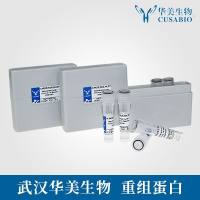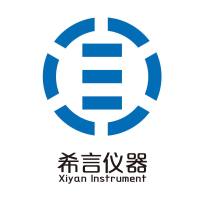Oxidative stress has been increasingly implicated in the pathogenesis of a wide variety of diverse human diseases. Free radical damage to lipids, proteins, and DNA may all contribute to the pathogenesis of disease. We have recently discovered a series of highly reactive γ-ketoaldehydes that are formed by rearrangement of bicyclic endperoxide intermediates in the isoprostane (IsoP) pathway of free radical-mediated peroxidation of arachidonic acid (
1 ), which we now term isoketals (IsoKs) (
2 ) (Fig. 1 ). IsoKs rapidly react with the ε-amine of lysyl residues on proteins to form Schiff base, lactam, and hydroxylactam adducts (
1 ,
3 ,
4 ) (Fig. 2 ). The rapidity with which IsoKs adduct to proteins exceeds that of other known reactive products of lipid peroxidation, e.g., 4-hydroxynonenal, by orders of magnitude (
1 ). Adduction of proteins frequently leads to altered protein function (
5 –
8 ). This in turn can lead to cellular dysfunction, which may be causally linked to the pathogenesis of disease processes.
Fig. 1. Formation of isoketals. Oxidation of arachidonic acid generates a series of bicyclic endoperoxide intermediates that undergo rearrangement to form a series of γ-ketoaldehyde stereo- and regio-isomers termed isoketals.
Fig. 2. Formation of lysyl-isoketal adducts. Isoketals rapidly react with the ε-amine of lysine and lysyl residues on proteins to form Schiff base adducts, lactam adducts, and crosslinks.






